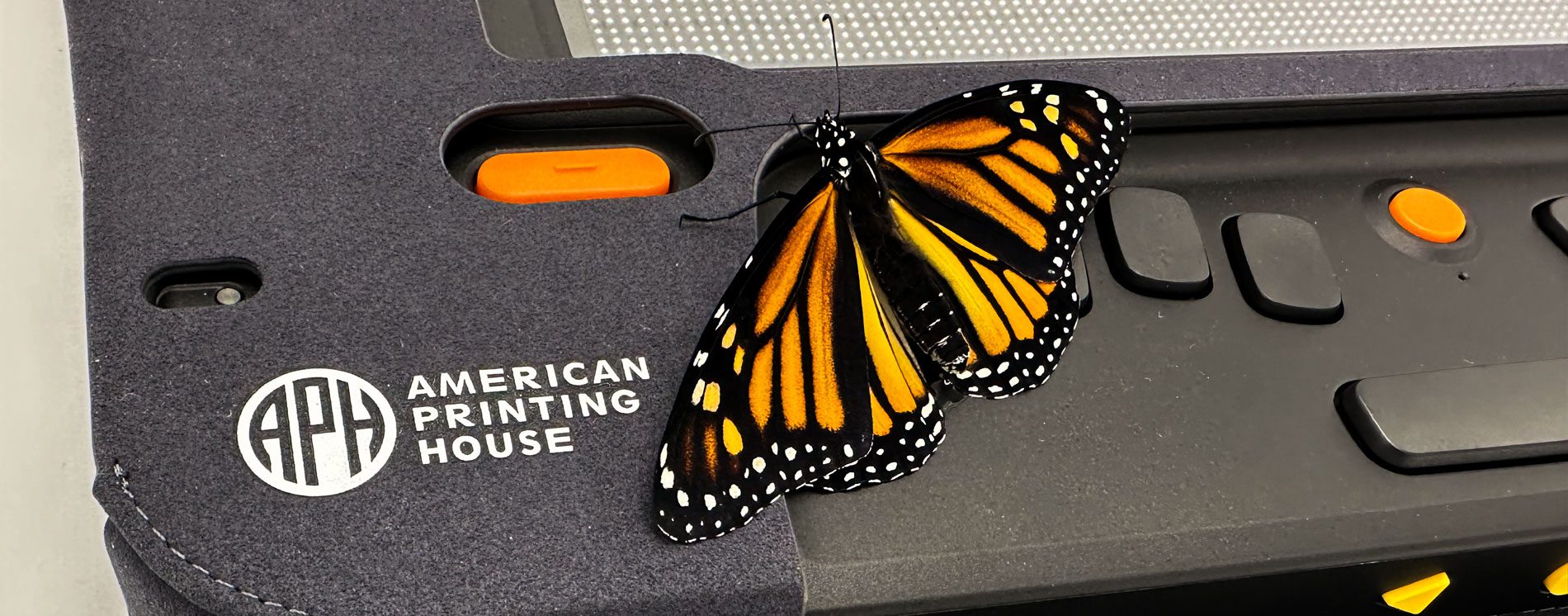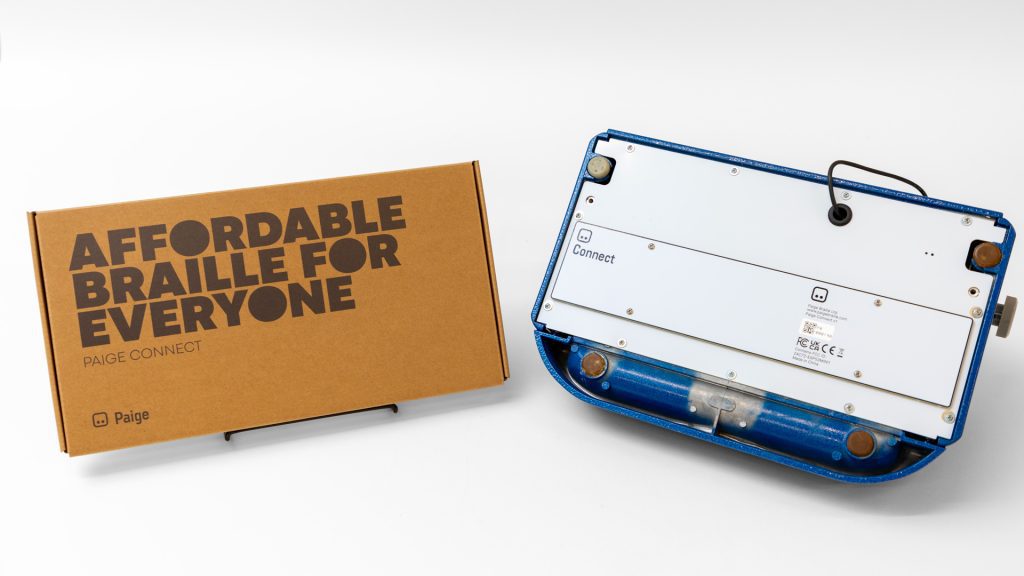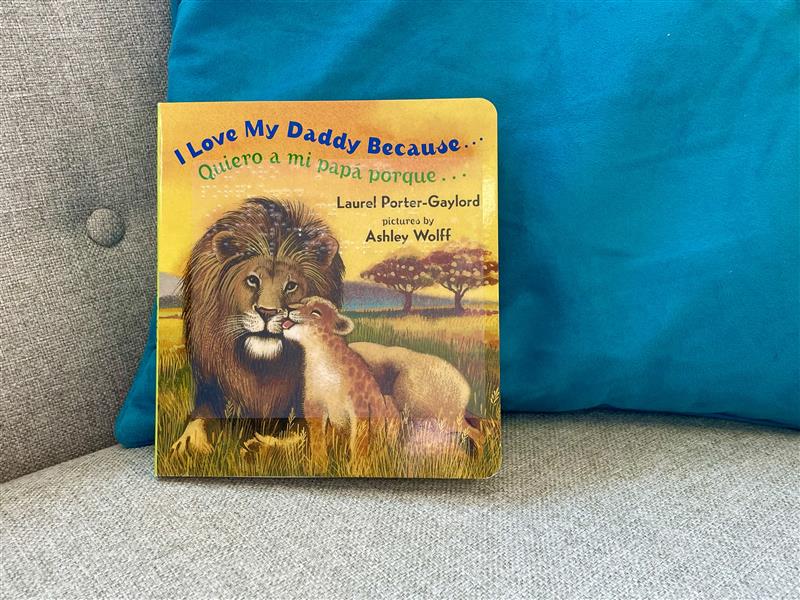Barrier Breaking with Accessible Partnerships on Multiline Braille Displays

APH, HumanWare, Vispero, and the JAWS screen reader, are teaming up to break barriers with a new program for multi-line braille displays−starting with Monarch. Over the past 30 years JAWS has provided reliable screen reading, making PC use accessible for users who are blind or low vision. “For much of this time, JAWS has been able to output to a single line display, which enables users to read the content on their PC as opposed to just hearing it audibly. This access to braille information helps users see a clearer picture of the content, access punctuation and spelling of text, and provides some spatial awareness, such as a row of objects in a spreadsheet. However, anything beyond that one line is only reached by panning the braille display forward and refreshing the content,” said Head of Global Technology and Innovation at APH, Greg Stilson.
With the HumanWare and Vispero partnership, using JAWS on a multi-line display will allow users to view text in large sections with correct formatting displays and spatial content like rows, columns, or tables. “Our role with HumanWare is to ensure we provide the information from the Monarch to the screen readers, so they have the ability to innovate using this information and send the Monarch formatted content that makes sense to the users,” said Stilson. “Currently, all screen readers are working on multiline support. The initial approach of some has been to utilize a tool like the Monarch like a 320 cell braille display, but where Vispero and JAWS have gone the extra mile is by providing Wrapped, Cropped, and other upcoming modes to make the output to a multiline display flexible to the users depending on what task they’re looking to accomplish.”
With JAWS, Wrapped and Cropped modes allow tables in written documents, as well as on the web, to be aligned correctly within the braille display. While screen readers like JAWS have been able to demonstrate the formatting of a table by presenting information in a linear fashion, this next level of formatting will allow Monarch users to explore tables and columns simultaneously as they were designed. With modes focused on formatting and wholistic inclusion of information, collaboration over structured data on multi-line displays has never been easier.
Without purposeful collaboration and continued work between focused organizations, projects like this would not be possible. “The partnership between APH, NFB, and HumanWare has been instrumental in ensuring that blind users are at the center of every design decision made during the Monarch’s development. This partnership benefits all apps and features created now and in the future, furthering the value of this device for blind or low vision users. Whether self-contained apps for the device itself, or collaborations with screen reader companies to provide multiline and tactile experiences alongside the screen reader, ensuring blind or low vision testers are providing feedback during the development process will make these features as impactful and effective as possible,” said Stilson.
The beta-testing of this new program is expected to release later this summer.
Share this article.
Related articles

Bring New Life to Your Braille Writer with Paige Connect
An innovative way to turn your traditional braille writer into so much more, Paige Connect is a physical board with...

Commemorating Guide Dog Day with Guide Dogs for the Blind
International Guide Dog Day is celebrated each year to mark the establishment of the International Federation of Guide Dog Associations...

Braille Tales Arrives in Puerto Rico
APH is a firm believer that early exposure to reading develops crucial braille awareness skills and promotes enthusiasm for literacy....
